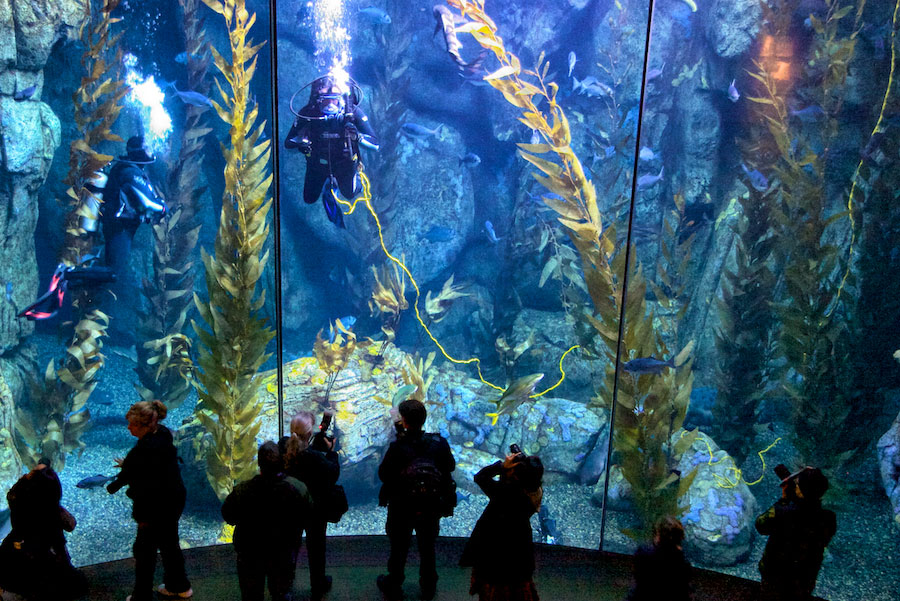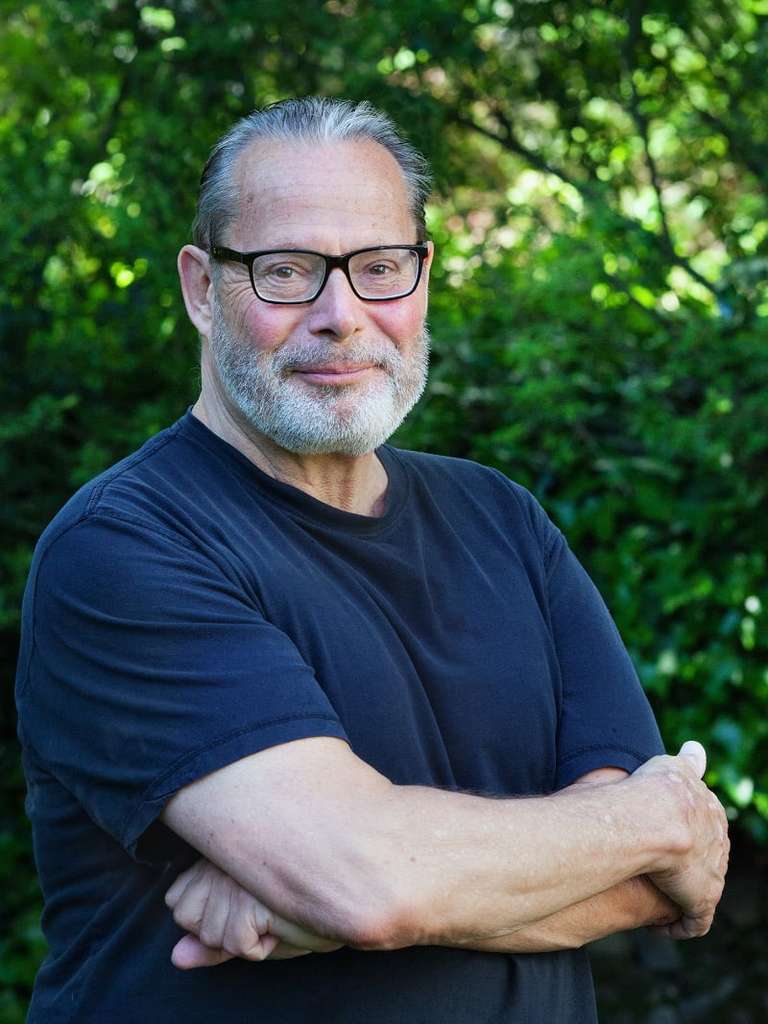
Creating a sustainable waste management plan for the Aquarium of the Pacific – Year 2
Marine debris – trash and litter that end up in our ocean – damages the environment and threatens marine life. Marine debris is everywhere, including in our California coastal waters…
Marine debris – trash and litter that end up in our ocean – damages the environment and threatens marine life. Marine debris is everywhere, including in our California coastal waters and at our beaches. It comes from a wide range of sources, mostly on land, and can travel long distances before polluting the ocean and harming our state’s beloved sea creatures.
The Aquarium of the Pacific is Southern California’s largest aquarium, and has a mission to
mission to “instill a sense of wonder, respect, and stewardship for the Pacific Ocean, its inhabitants, and ecosystems.” It gives its 1.7 million annual visitors, the fourth highest attendance of any aquarium in the country, a singular opportunity to learn about and interact with its 12,000 animals, from jellyfish to otters, frogs, and an endless variety of sharks, rays, and fish from all corners of the globe. But it also generates massive amounts of waste––totaling almost 160 tons in 2019 alone. In an effort to preserve the same ocean that it works to conserve, the Aquarium is working to improve its waste management practices while inspiring innovation with sustainable waste solutions.
Working with a previous Practicum Team at UCLA in 2020-21, the Aquarium has already made progress in improving their management of organic waste. This year, our team will focus on managing and reducing the Aquarium’s remaining sources of waste––municipal, or non-organic solid waste, and recyclables. We plan to perform a waste audit of the facility, to determine best management practices for each type of waste, and to implement new waste management strategies, particularly for events held at the Aquarium.
We also plan to help the Aquarium assess its potential contributions to climate change, by reviewing emissions of greenhouse gases that result indirectly from the Aquarium’s activities such as from employees’ commuting or from delivery of supplies for the Aquarium. Called “Scope 3 emissions,” these emissions can be substantial, but are notoriously difficult to measure and reduce. We plan to develop a tool for the Aquarium to use in their future analysis of emissions, to help the Aquarium of the Pacific better understand its overall environmental impacts.
Student Team: Abby Douglas, Cora Fahringer, Haley Gunther, Brooke Jacobs, Jasleen Kahlon, Tyler Norris, Adrianna Schwaiger, Skyler Seamons, and Kevin Truong
Client: Aquarium of the Pacific, Long Beach
Advisor: Dr. Peter Kareiva

